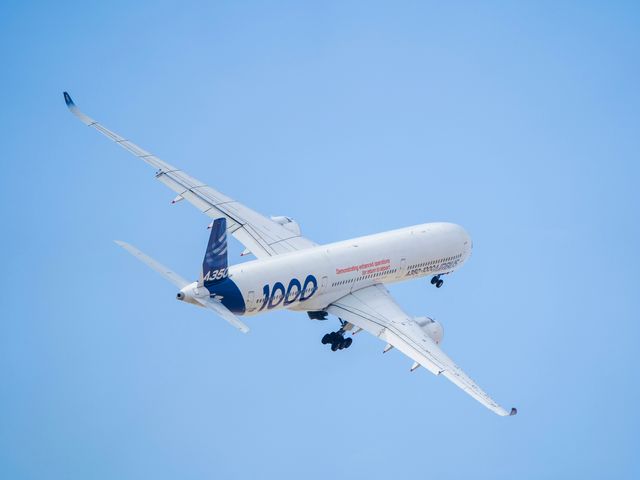Following European Union Aviation Safety Agency (EASA) certification last year, Airbus introduced a new-generation Emergency Locator Transmitter (ELT) device with Autonomous Distress Tracking capability (ADT) – referred to as “ELT-DT” – on its commercial aircraft. This new feature is designed to ensure that an aircraft does not become lost while in a distress situation.
The ELT’s new ADT function automatically broadcasts the aircraft’s location and other parameters every minute via a dedicated satellite network to the operator and to search-and-rescue (SAR) services, allowing them to target rescue and recovery activities. For example, if the aircraft’s last presumed location was in the sea, the ELT would broadcast the aircraft’s final impact location as well as the 3D position of the aircraft during the events leading up to it.

ICAO mandate for Global Aeronautical Distress & Safety System
The industry push for the ADT adoption gathered momentum in 2017 when the International Civil Aviation Organisation (ICAO) issued a worldwide mandate called “Global Aeronautical Distress & Safety System” (GADSS). This mandate requires all new-build commercial aircraft over a certain weight (27 metric tonnes / 60,000lbs) to incorporate various new capabilities including ADT. It also includes measures for locating or ‘localising’ an aircraft wreckage ‘post-flight’ and measures for enhancing data recoverability from the aircraft.
In July 2022, ICAO extended the deadline for compliance for integrating the ADT component of GADSS, including the one-minute distress signal, to the 1st January 2025. This would apply to new delivered aircraft that have been certified for airworthiness on or after 1st January 2024.
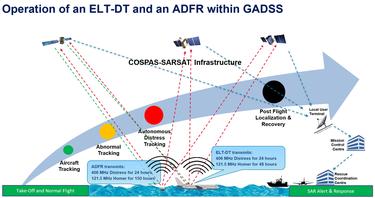
Airbus develops ELT-DT solution with Safran Electronics & Defense Beacons
“For the ADT aspect of GADSS, as Airbus we chose Safran Electronics & Defense Beacons, formerly Orolia, to develop its ELT-DT solution while we would complement it with an algorithm hosted in our aircraft’s avionics computers,” recalls Claude Pichavant, Airbus’ Executive Expert for Communication, Navigation and Surveillance.
He adds: “Since the AF447 and the MH370 events, we worked together with ICAO, EASA, AEEC*, RTCA*, and in EUROCAE*, which helped to ensure that the best standardised solution would be fitted on our aircraft.”
New two-phase approach – including an autonomous distress signal every minute
As Europe’s National Aviation Authority, EASA requires that each aircraft operating in European airspace should include a means for tracking in a two-phase approach: First, during normal flight by automatically reporting the aircraft’s position at least every 15 minutes – which has been adopted by airlines since 2018.
The second phase – specifically the ADT element – is aircraft tracking during a “distress” event whilst airborne. Here the ELT-DT should activate within five seconds of detecting a confirmed distress condition, and to begin transmitting the aircraft’s position to the dedicated satellite network and then repeat transmission of that information at an increased rate of every minute.
“The one minute interval is equivalent to a six nautical mile radius from the impact site or research area,” explains Claude. He adds: “This was debated during discussions with ICAO on the standardisation and mandates. Using data from more than 50 incidents from the French accident investigation board, the Bureau Enquête et Analyses (BEA), it was agreed that the one-minute requirement is sufficient.”
Fully autonomous advantages
A big differentiator between the new ELT-DT versus previous architectures is that the device is autonomous in operation: it is self-powered by its own battery. Once it is triggered (e.g., by a signal from the aircraft’s cockpit avionics) it cannot be switched off, and it also contains a GPS receiver to broadcast the aircraft’s real-time position and altitude to Cospas/Sarsat satellites totally independently of the aircraft’s own navigation systems. Moreover, if the ELT-DT cannot communicate with the rest of the aircraft for any reason, then the ELT will self-initiate its emergency broadcasting GPS position and altitude.
Airbus pressing ahead with ELT-DT implementation
Airbus, having already obtained in 2023 the necessary EASA certification for its solution to satisfy ICAO’s GADSS mandate and EASA’s requirements, began installing the ELT-DT systems into its aircraft families. This phase kicked off with the installation into all A330neos produced, starting in April 2023.
Airbus’ other commercial aircraft programmes commenced with line-fit installations in parallel: The A350 from the end of May and the A320 and A220 Families received EASA certification for the ELT-DT during the summer of 2023 as planned. Whereas all newly-built Airbus Widebody aircraft (i.e. A330neos and A350s) receive the ELT-DT capability as standard, for the Single-Aisle Family, the new ELT-DT is being offered as a customer-selectable option – based on their planned use of the aircraft. At the time of writing, more than 110 Airbus aircraft had been delivered with the technology.
For more technical insights on aircraft tracking and blackbox evolution and recovery, read the related Safety First article.
*Abbreviations:
AEEC = Airlines Electronic Engineering Committee
RTCA = Radio Technical Commission for Aeronautics
EUROCAE = The European Organisation for Civil Aviation Equipment
Safety Innovation series
Continue Reading
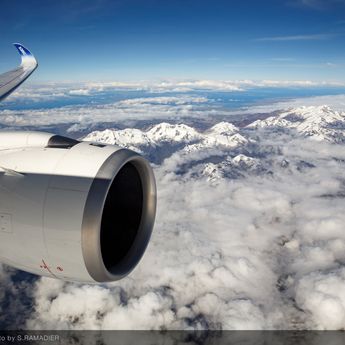
Web Story Safety
Airspeed information, whatever the conditions
Airbus has developed a system which improves management of unreliable airspeed events.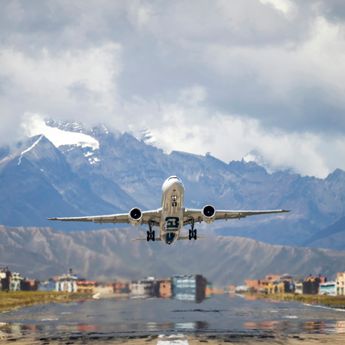
Web Story Safety
How to make takeoff safer

Web Story Safety
A new workshop designed with safety in mind
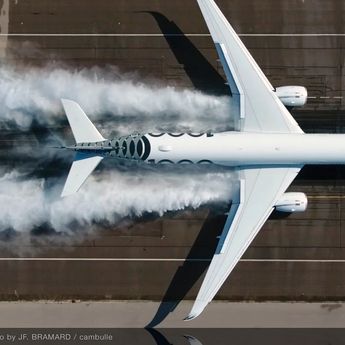
Web Story Safety
Using aircraft as sensors to prevent runway overrun

Web Story Safety
Severe weather hazards: the best is to anticipate and avoid
